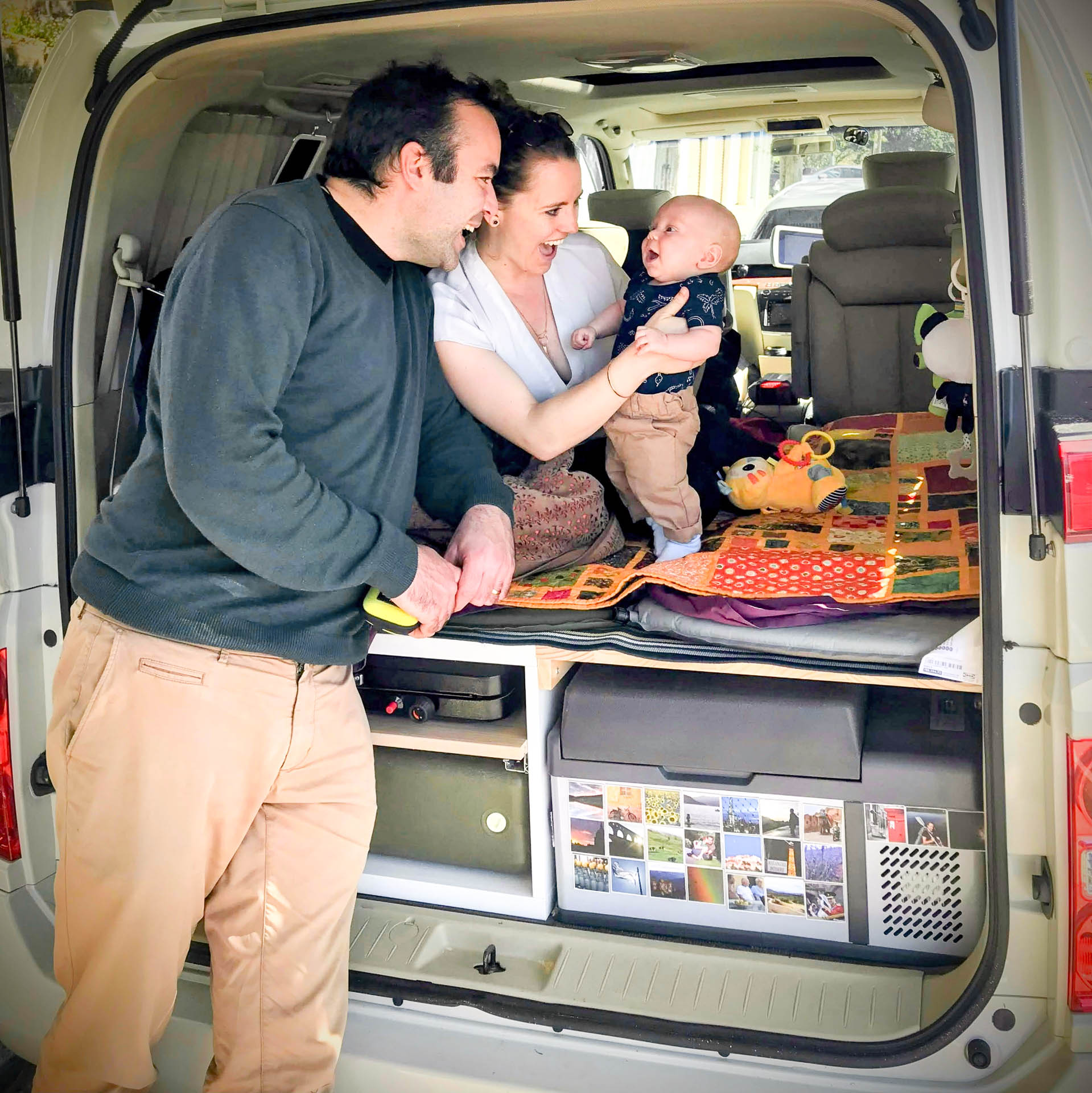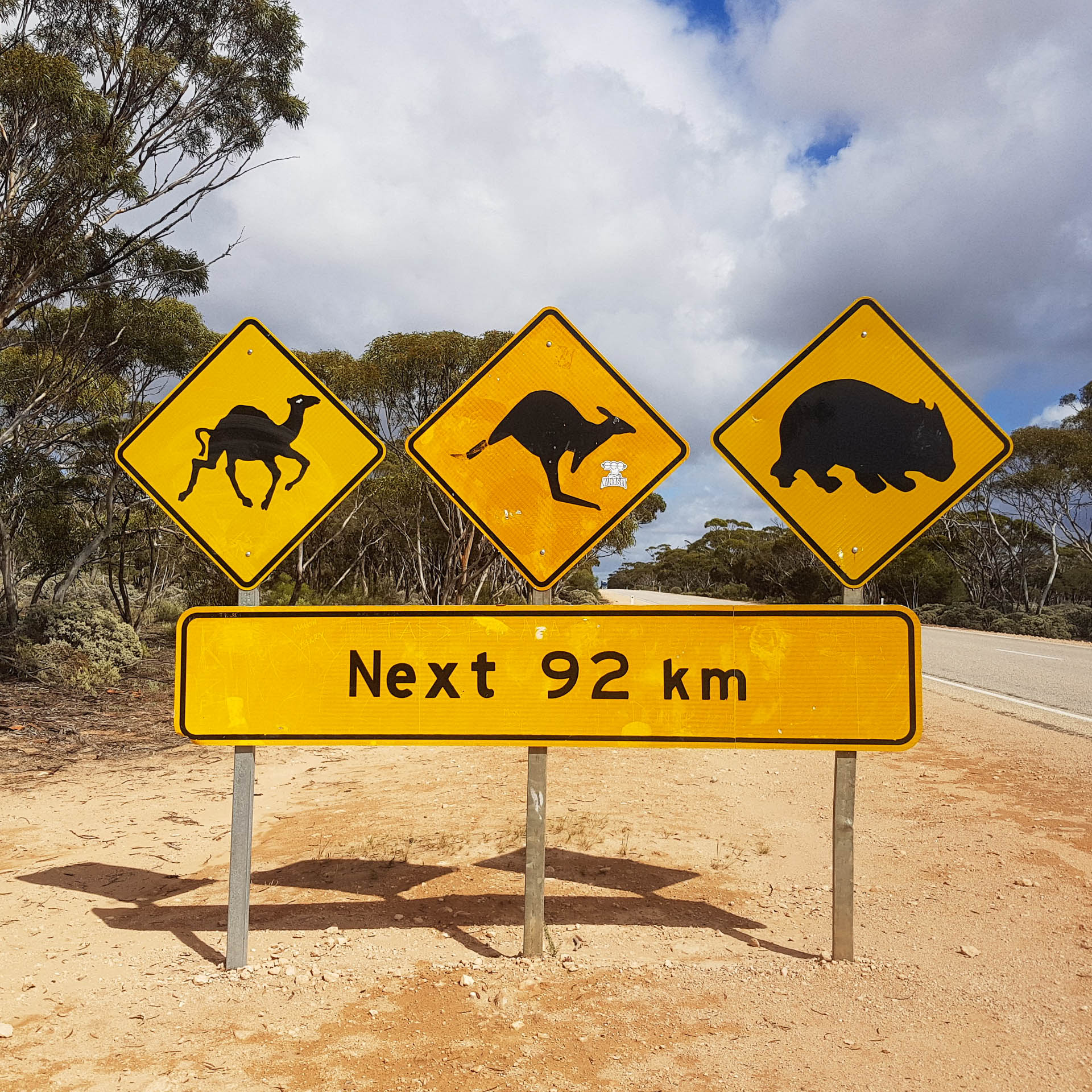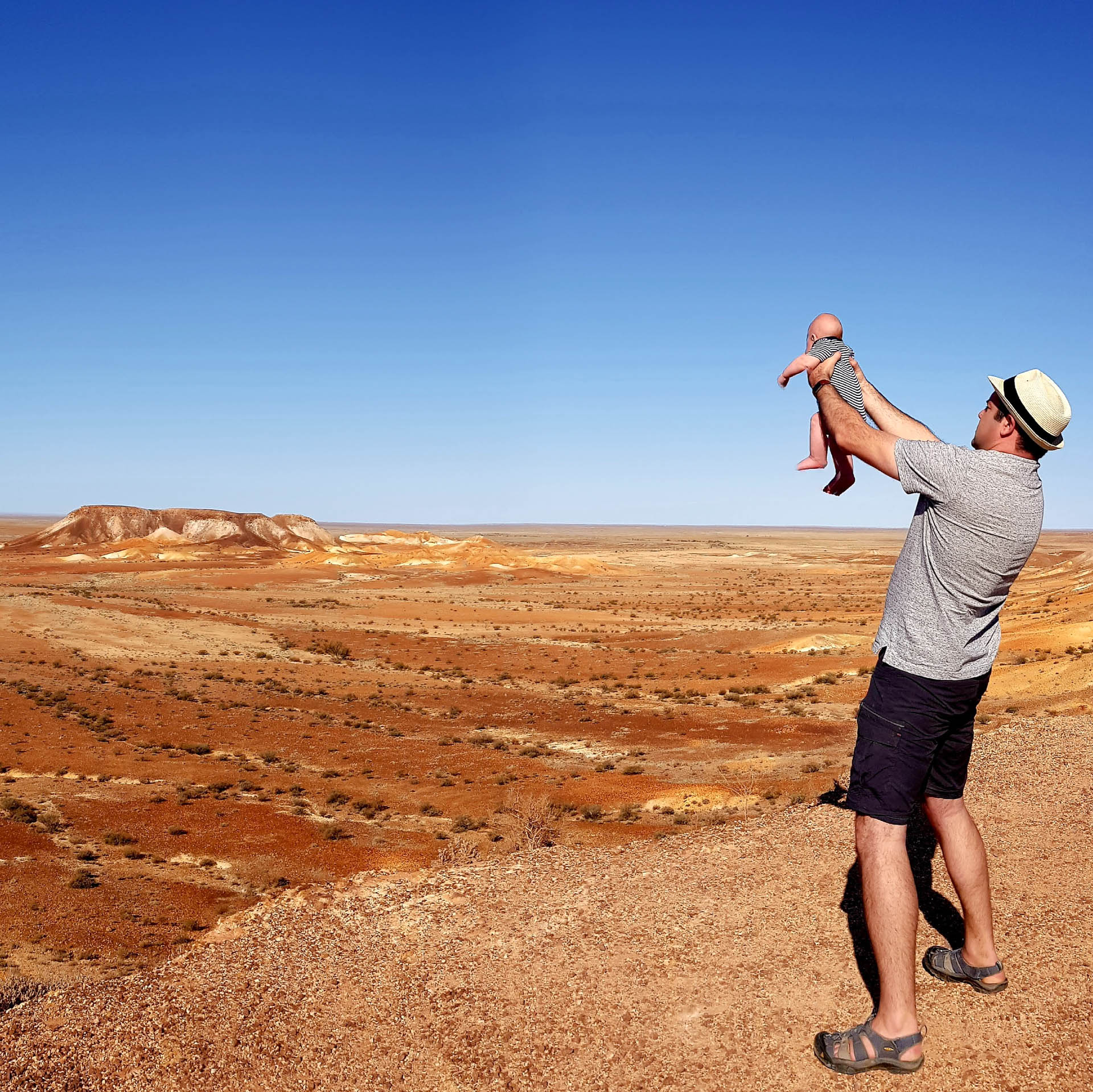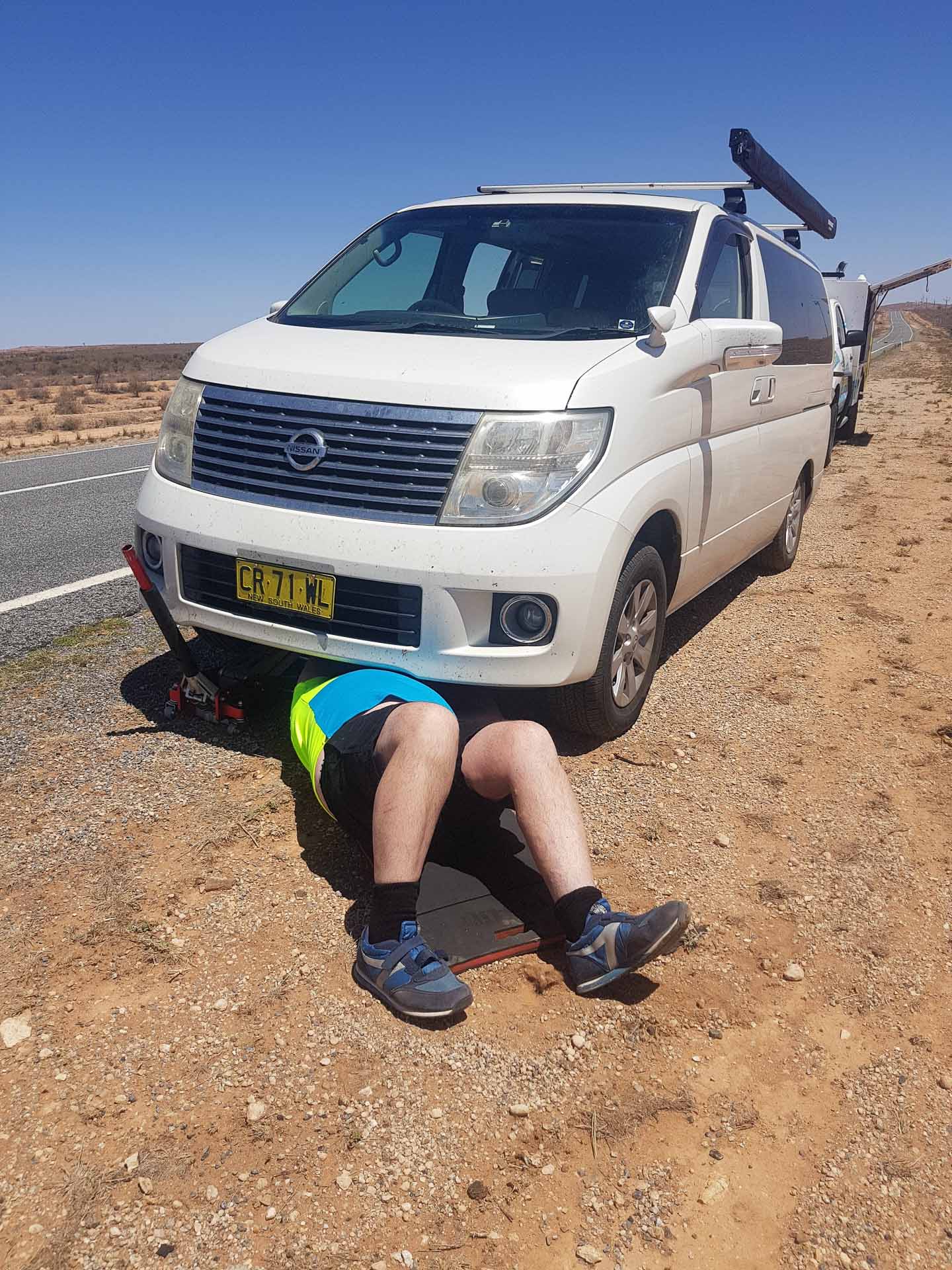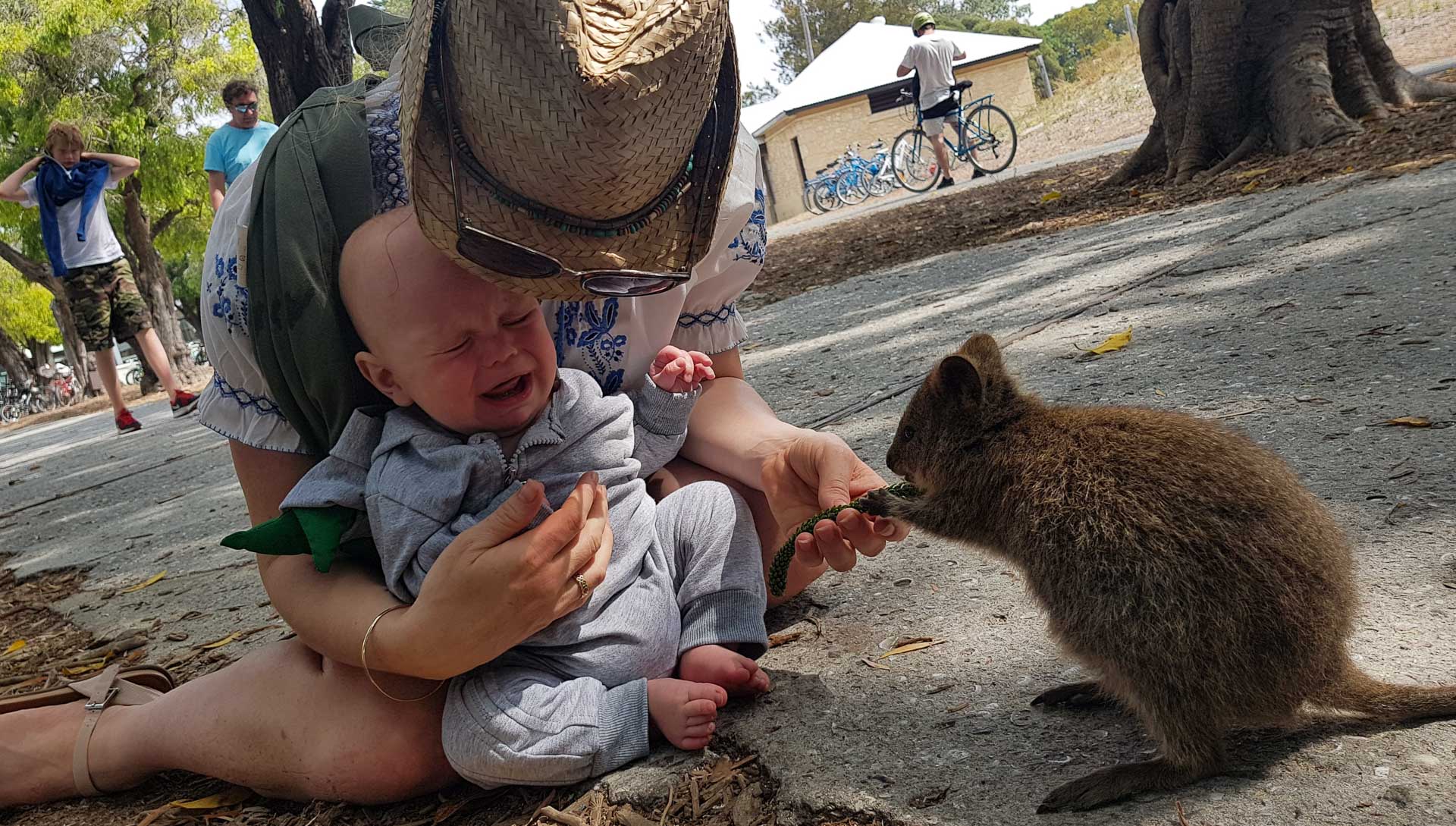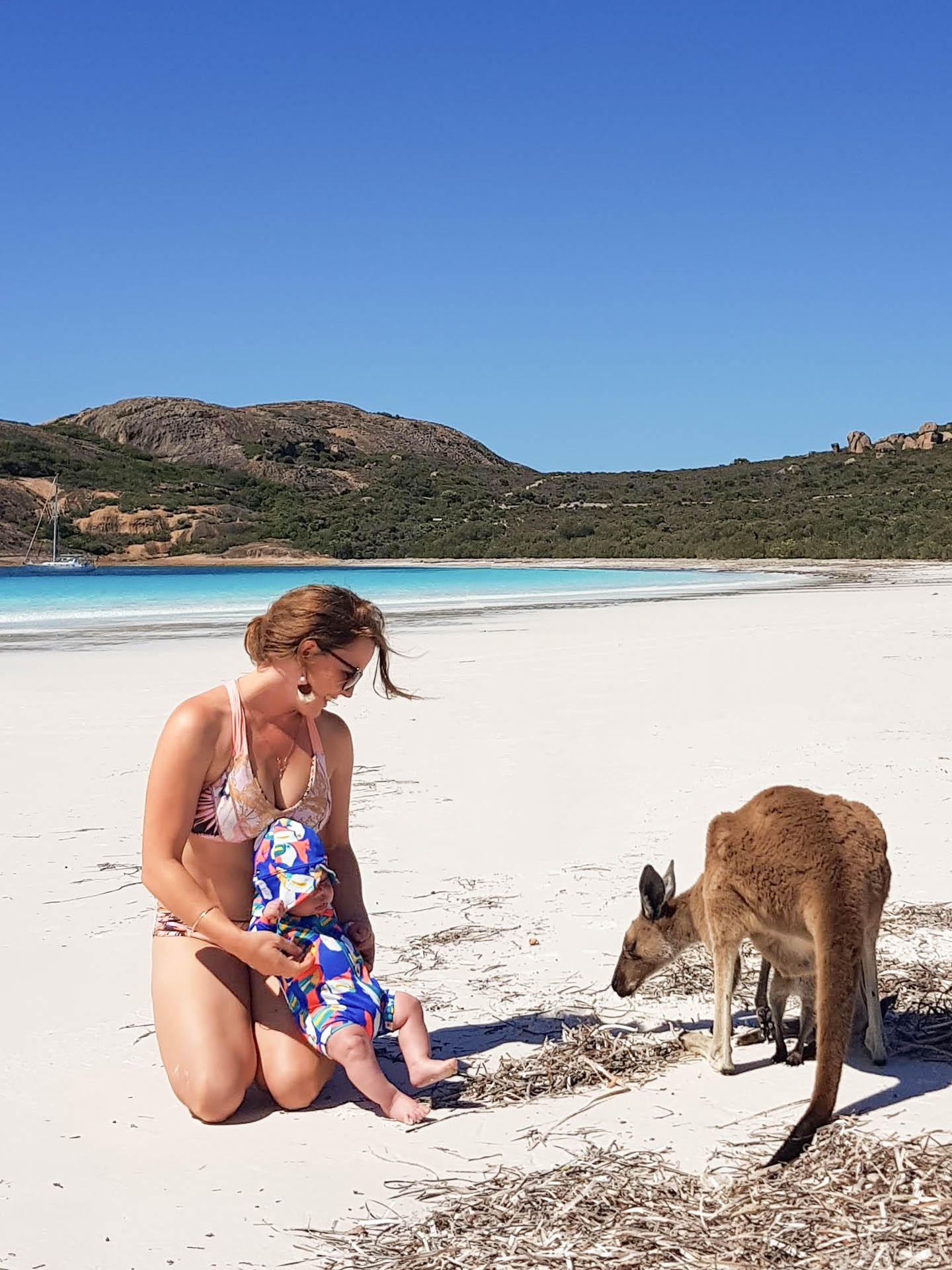When Thomas and his wife first became parents, rather than bunkering down at home, they saw it as an opportunity to spend time together exploring Australia. Here’s what happened. When we first floated the idea of renovating a van...
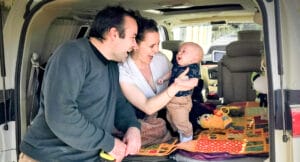
When Thomas and his wife first became parents, rather than bunkering down at home, they saw it as an opportunity to spend time together exploring Australia. Here’s what happened.
When we first floated the idea of renovating a van and travelling across Australia with our new baby, everyone said we were insane and that it was a terrible idea.
Where would he sleep? How would we handle the crying? What if he doesn’t travel well? What if we need to see a doctor?
All of these points were valid, but with a little foresight, everything was manageable.
You see, the first ten weeks of having a baby is a little difficult. They need feeding all the time, are awake all the time, and you end up in a discombobulated zombie fugue state… but then things calm down.
The baby starts smiling and laughing, they’re sleeping and eating more regularly and they still can’t move themselves anywhere.
It was at this point that we left to drive across the fourth-largest land mass in the world.
Our initial plan was to buy a Toyota HiAce camper, which is easy to maintain and lasts forever.
The only problem with this was that this well-known dependability is reflected in the price. Instead, we opted for the less popular, but significantly cheaper, Nissan Elgrand.
This meant we got an electric sunroof, electric curtains, fancy pilot seats that spin around, and a drop-down passenger TV screen, for half the price of the HiAce.
We removed the car’s third row of seats and bolted together a series of IKEA cabinets to make a platform just the right height and length for a couple of self-inflating mattresses which, combined with our fancy spinning chairs, made a cosy bed for us to sleep on.
During the day the seats could face forward to accommodate the car seat along with a spare for his Mum in case he needed company.
We also had a travel bassinet which slotted in nicely next to his Mum on the bed and ensured that she wouldn’t roll onto him during the night.
When it came to travelling with a baby the plan was simple. We’d travel when he slept and explore Australia when he was awake. We didn’t have room for a pram, so we used a baby carrier instead.
Read more: 4 Things Learnt on our First Road Trip With Our Baby
Scattered throughout Australia’s long red roads are a series of roadhouses that offer rare moments of social interaction. Young, wide-eyed German tourists would stumble straight out of Wolf Creek and through the flyscreen doors, glancing anxiously around; looking – hoping for other people.
‘How ya goin?’ we’d ask.
‘Good,’ they’d reply, blinking as their eyes adjusted from the harsh, outback sun.
‘How are you finding Australia?’
‘It’s very empty…’ they’d reply with an anxious look in their eyes.
It certainly is. But that’s the beauty of it. The sheer emptiness makes the roadhouses and occasional towns so exciting and friendly.
Outside of the city, everyone is happy to chat and nobody’s in a hurry.
One truckie was so taken with our little joey, that he popped out to his truck and retrieved a tiny baby hat for our little one, that he’d kept there since his child was a baby, 20 years ago.
Occasionally, while driving the long, infinite straight roads, hundreds of kilometres from the nearest town, the width of the road suddenly triples and you find yourself driving alone along a perfectly maintained six-lane highway.
These are the vast runways of the Royal Australian Flying Doctors – the ultimate safety net for continental travel.
The flying doctors are the lifeblood of Outback Australia, ensuring that even the most remote Australians have access to world-class healthcare in an emergency.
Kind of like an ambulance, where the entire emergency department flies to you.
We didn’t need them, but it was comforting to know they were there, ready and waiting at the other end of our little personal locator beacon, which we bought for the trip but happily never used.
We did need roadside assistance though. Just south of Broken Hill, a stretch of the road was littered with dead kangaroos, and unfortunately, we weren’t able to avoid driving over one, which damaged the car’s undercarriage.
We made the call to the NRMA and an hour later a mechanic drove out, had a look under the van, and declared with a smile ‘Love the smell of dead roo, in the morning!’.
We planned on being self-sufficient and bought a chemical toilet and 12V shower but never needed them as we were greeted with an ‘RV Friendly’ sign in every outback town.
This meant free/cheap showers for visitors which were much appreciated.
At Yulara, the private resort town near Uluru, we attempted to car camp but were moved on by the kindest security guards.
’Look, you’re not really allowed to camp here – but if you park in the car park over there and head off before 6am, it’ll be fine.’
That suited us, as it ensured we got to Uluru for sunrise.
Read more: The 5 Best Camping Showers
After several hours of photos and a short hike, we drove to Kata Tjuta and gave the baby a bath. Our solution to this baby cleaning problem was a sponge and a pop-out camping wash basket.
We then drove to the end of the asphalt where the Great Central Road begins its 1000km, deeply corrugated, gravel march to Laverton, WA.
We paused and looked at our 2WD van and thought about the rusting hulks of cars we’d passed along the Outback.
One day, the entire route will be paved, but for the time being, this felt a step too far for our new little family and 2WD van.
Eventually, we made it to the dystopian land that is Western Australia, and it was comforting to find that in an apocalyptic scenario where Sydney, Melbourne, and Brisbane no longer exist, there’s a beautiful backup Australia hidden away at the end of the Nullarbor.
At Fremantle, we caught a ferry to see the Rottnest Island quokkas, the adorable little critters whose smiling faces are all over Instagram. One look at them and our little one burst into tears.
Further south we made it to Esperance, generally regarded as the most beautiful beach in Australia, with the whitest sand and friendly kangaroos.
While taking some pictures with our little joey, a mama kangaroo and her actual joey gently hopped over to say hello, which was pretty special.
And then, after a couple of thousand kilometres, and another dozen or so roadhouses we were home.
Yes, I just skimmed over a distance the equivalent of London to Moscow because the distances really are mind-blowing.
So what’s the moral of this story?
If you find yourself with a new baby and several months of leave, you could stay home, take things slowly and go for short walks between sleep.
Alternatively, you could leave your life for a while and explore the vast, magnificent country that is Australia.
Knowing what we know now, that’s exactly what we recommend.
Read more: The Truth About Growing Up as an Adventure Baby



